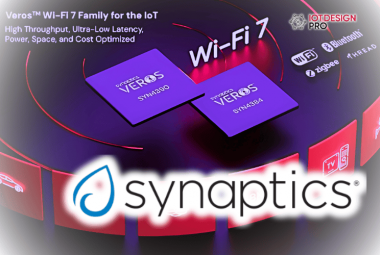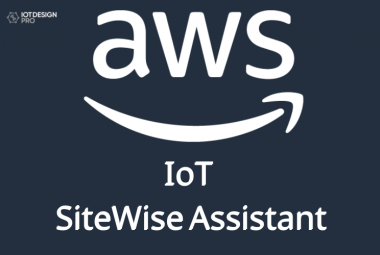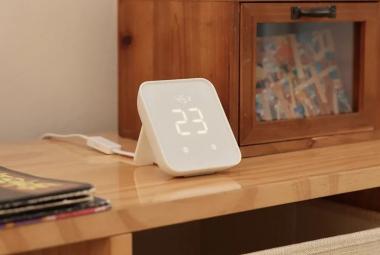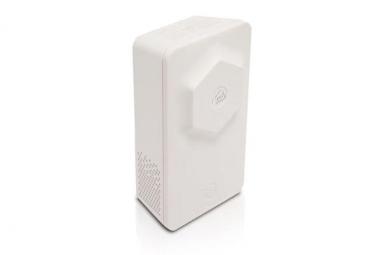NXP Semiconductors today announced new devices designed to simplify the development of IoT and industrial IoT solutions. Adding to NXP’s expanding portfolio of end-to-end Matter solutions, the RW612 and the K32W148 devices combine advanced edge processing capabilities with integrated security to streamline development, simplify designs and reduce costs for Matter-enabled smart home devices.
The RW612 is the industry’s first tri-radio wireless MCU with concurrent, multi-protocol support for Wi-Fi® 6, Bluetooth® Low Energy 5.3 and 802.15.4, capable of supporting Thread or Zigbee. It is targeted for smart home devices such as thermostats, garage door openers, door locks, IP cameras, robotic vacuums, as well as smart appliances.
The K32W148 wireless MCU offers multi-protocol enablement across Thread, Bluetooth Low Energy 5.3, and Zigbee for devices such as smart plugs, smart lighting, and low-power smart devices and sensors. It also easily adds Thread and Zigbee support to home routers, hubs and bridges. The multi-protocol enablement reduces costs and simplifies antenna design with a single antenna.
Both the K32W148 and the RW61x wireless MCUs are part of NXP’s EdgeLock Assurance program, which follows a secure-by-design approach, including protection against remote and local software attacks, as well as support for secure boot, secure debug and secure over-the-air firmware updates, with an immutable root-of-trust, hardware accelerated cryptography, and lifecycle management. They are also optimized to seamlessly work with the EdgeLock SE05x secure element and EdgeLock A5000 secure authenticator. These discrete security components with optionally pre-injected keys and certificates provide a Common Criteria EAL6+ certified, turnkey plug-in solution, bringing additional tamper resistance and support for additional security use cases (such as device integrity protection or secure UWB ranging). Both devices will also support the NXP EdgeLock 2GO service for simplifying the provisioning and management of device credentials from manufacturing and through the device lifecycle.

















